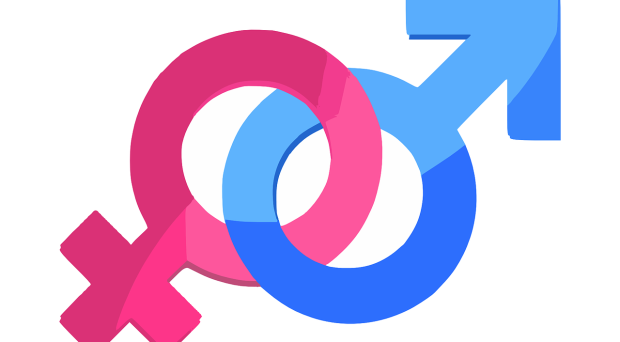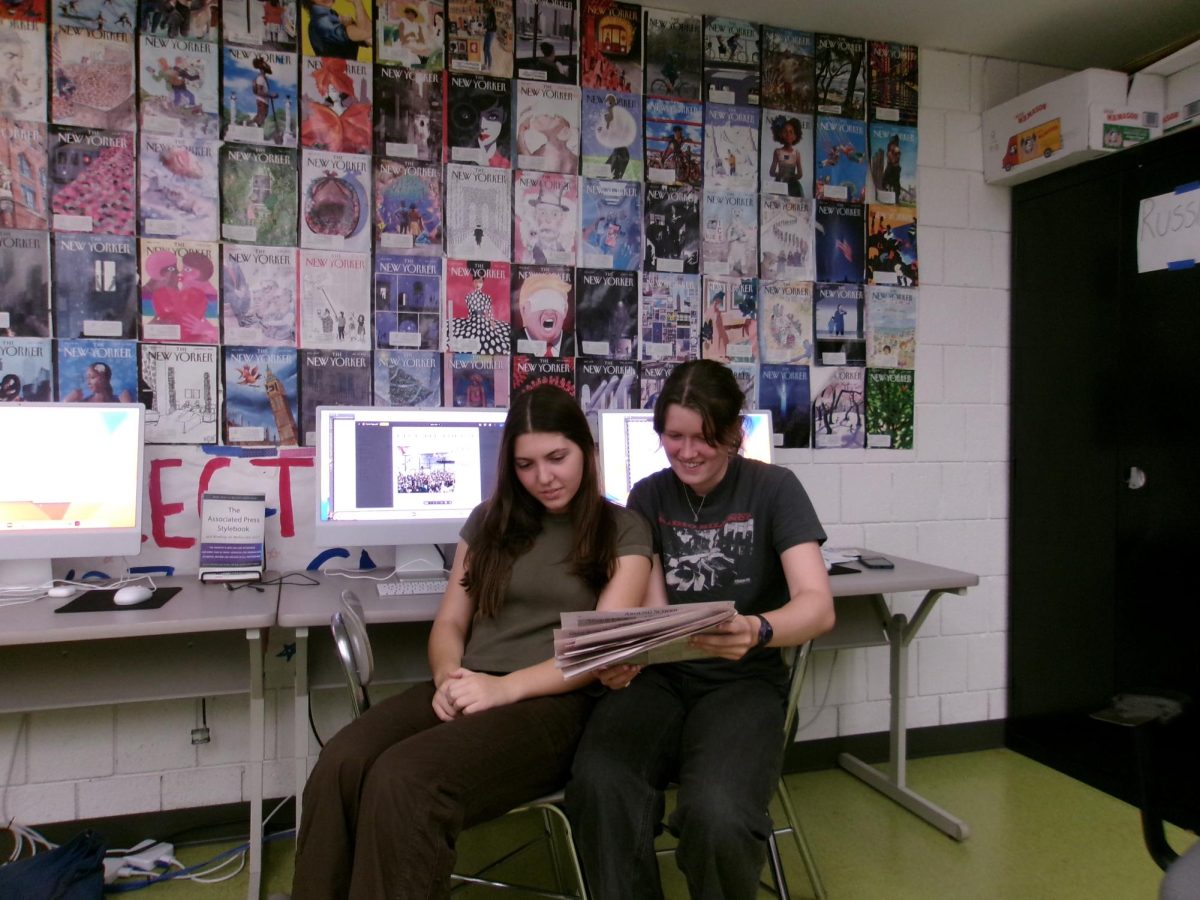Since his inauguration on January 20th, Trump has signed a total of 44 executive orders, and one of the most prominent was signed on his first day in office, titled, “Defending Women from Gender Ideology Extremism and Restoring Biological Truth to the Federal Government.” While there’s a lot of information in the document, the central piece is that “the United States [recognizes] two sexes, male and female. These sexes are not changeable and are grounded in fundamental and incontrovertible reality.” Many consider the declaration as being aggressive towards transgender and nonbinary people—and this may be the case. But putting politics aside, is there anything scientifically incorrect about Trump’s statements?
The order is centered around one important claim—namely, that there are two biological sexes, male and female, each producing a different gamete. According to the order, “male” means “a person belonging, at conception, to the sex that produces the small reproductive cell,” (sperm), with females producing the large reproductive cell, the egg. These claims are correct: within humans, there are only two kinds of gametes produced, each being necessary to create a life. Once an egg is fertilized, it divides and grows into multiple cells in the uterus, eventually becoming a fetus. This process can only occur inside a woman’s body, and the fertilization can only be done by a man, who produces sperm. These are biological facts.
Critics of “the binary” have a variety of interpretations about the nature of sex—with one of the most common being that of the spectrum. Claire Ainsworth in her article at the Scientific American claims that biological sex is actually a complex mosaic of factors, and the very existence of intersex individuals proves that the binary view of sex is flawed: “if the law requires that a person is male or female, should that sex be assigned by anatomy, hormones, cells or chromosomes, and what should be done if they clash?” In the conclusion of her article, Ainsworth asks, “In other words, if you want to know whether someone is male or female, it may be best just to ask.” The issue with her interpretation however, is that variation in hormones, gamete production, and even chromosomes does not disprove the existence of only two biological sexes.
The term “intersex” is thrown around a lot when discussing sex—with statistics describing the prevalence of these conditions ranging from 0.018 to 1.7% of the world population. This is because the term “intersex” can be applied to a variety of conditions, the vast majority of which are not a kind of “in-between” the sexes. Rather, they are defects in external genitalia, hormones, and occasionally chromosomes. Most intersex conditions can be identified as either a male or female with a defect in multiple or one of these categories, but rare exceptions do exist. An example of a condition where an individual is truly neither male or female is ovotesticular syndrome—a person born with tissue of both ovaries and testicles—and no clear body plan to individually produce either gamete. There have only been 500 reported occurrences. Despite the existence of these conditions however, it is completely impossible for the human body to produce both sperm and eggs, or any kind of third gamete.
No matter what you think of him or his politics, Trump does indeed have the facts right. How the U.S. should apply these facts to an implemented policy is a very different matter. For instance, the question of whether it should be mandatory to display an individual’s biological sex on a passport. All individuals deserve respect, but affirming the existence of a biological binary should not be offensive—and to deny it is to trade truth for political correctness.














